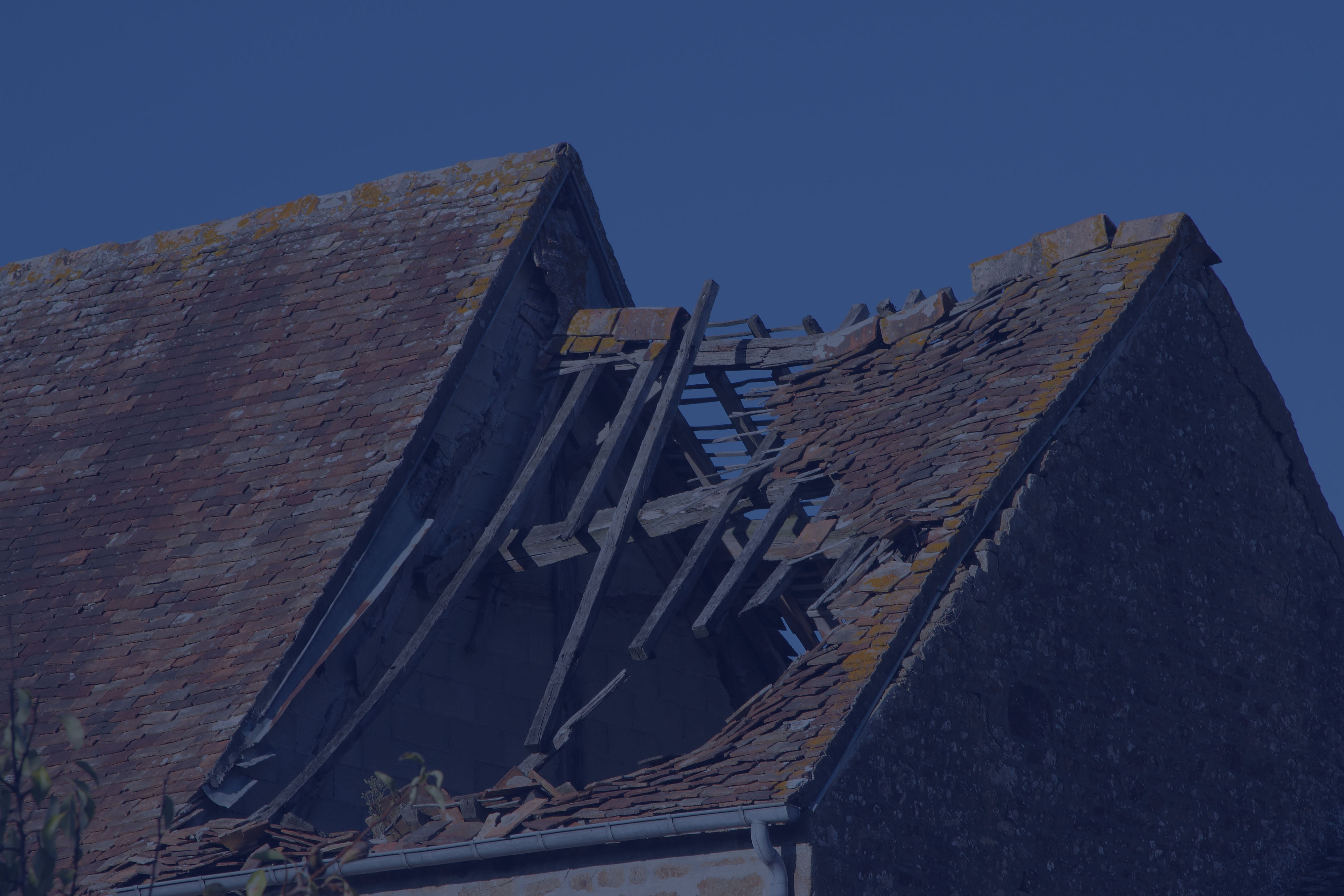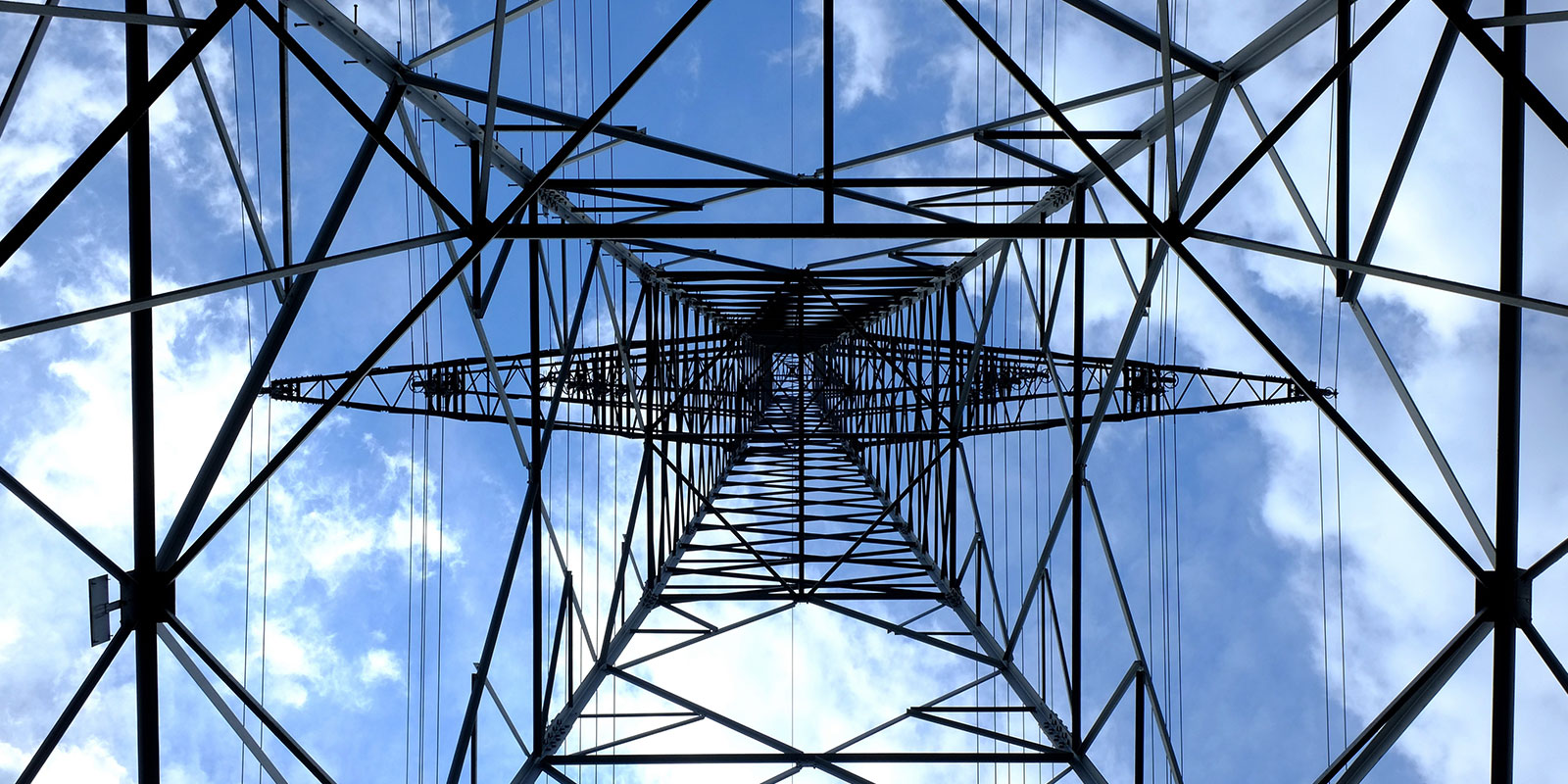Roof collapses are not only dangerous for building occupants, they typically require significant repairs and can cause a building to be unusable for an extended period of time. Because of the severity of potential problems associated with a roof collapse, it is important for building owners to understand the common causes of collapse and apply this knowledge to the design, construction, and maintenance of their building.
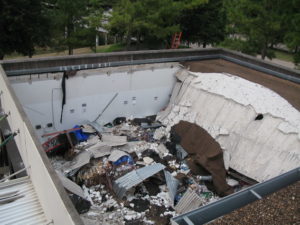
Roof structures must support the weight of the roof itself (known as “dead load” in the building code) and any anticipated additional short-term loads. The most common short-term loads for a roof include wind loads and the weight of snow or rainwater accumulation. Roof collapses caused by overloading are most commonly related to one of these load types. It is therefore important for structures to be designed and constructed to account for such loads.
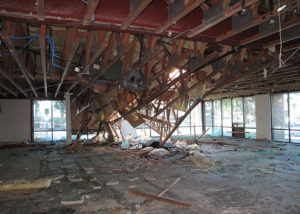
Overloading related to wind typically occurs in the form of uplift loads (from negative pressures associated with high-speed winds). By contrast, snow and rain loads are “gravity loads”, acting downward on the structure. Rainwater accumulation can be particularly problematic if the roof drainage is not properly designed or does not allow for overflow drainage in case a primary roof drain becomes clogged. Accordingly, maintenance of the roof is important to prevent the accumulation of loose debris on the roof that could potentially obstruct or completely clog the roof drains.
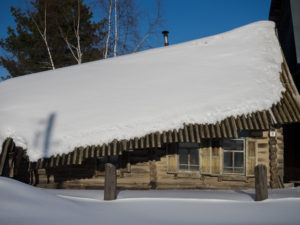
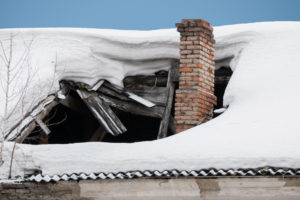
Most roof collapses are associated with an increase in the load at the roof; however, defective construction of the roof structure or severe deterioration can also lead to roof collapse, even in the absence of significant roof loads.
